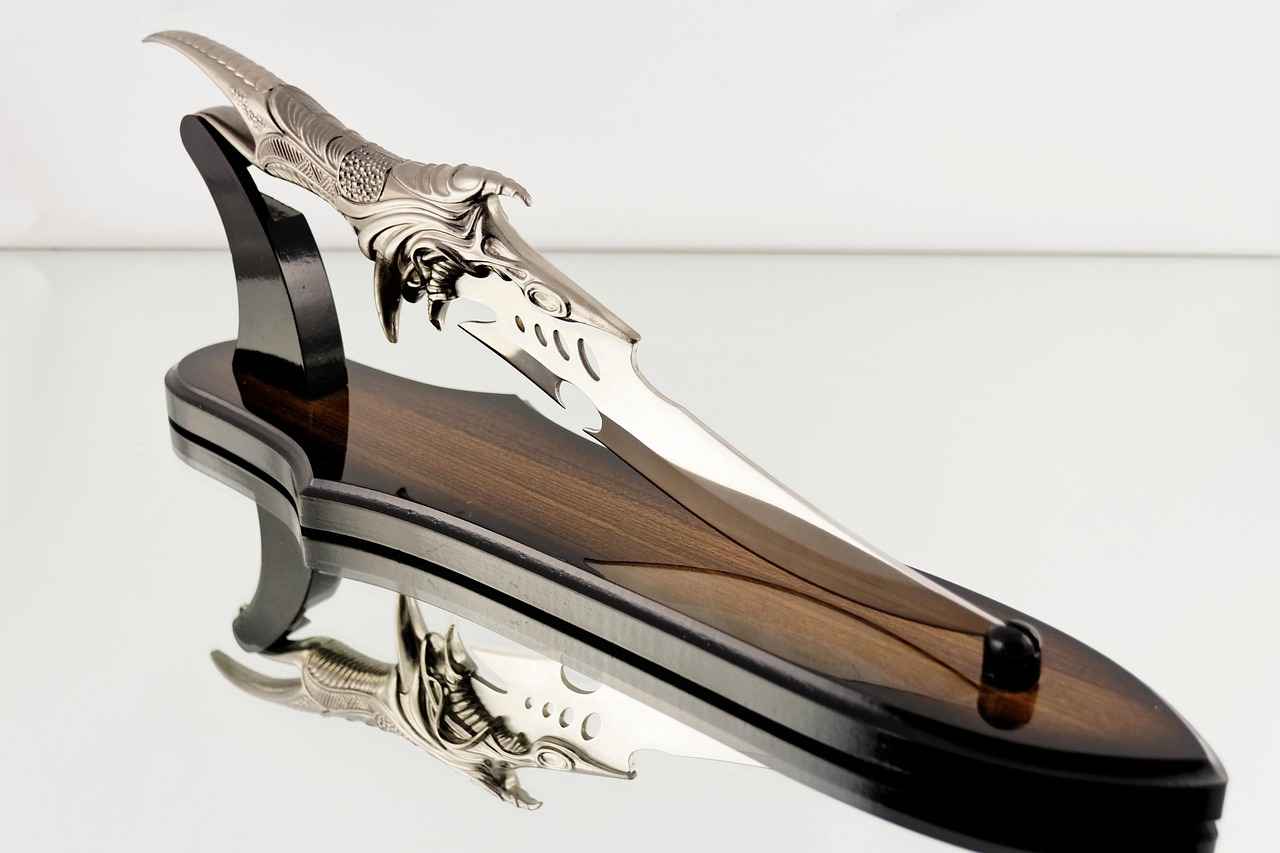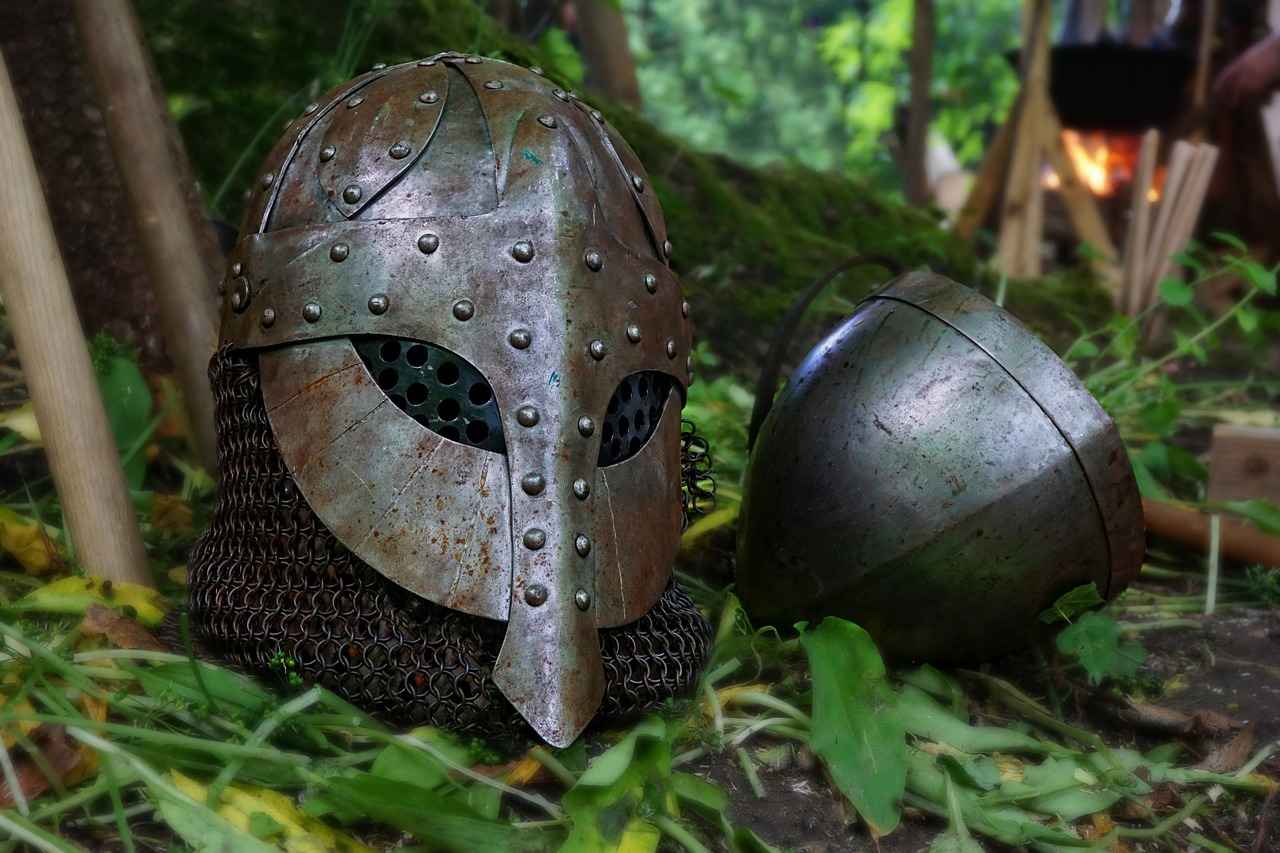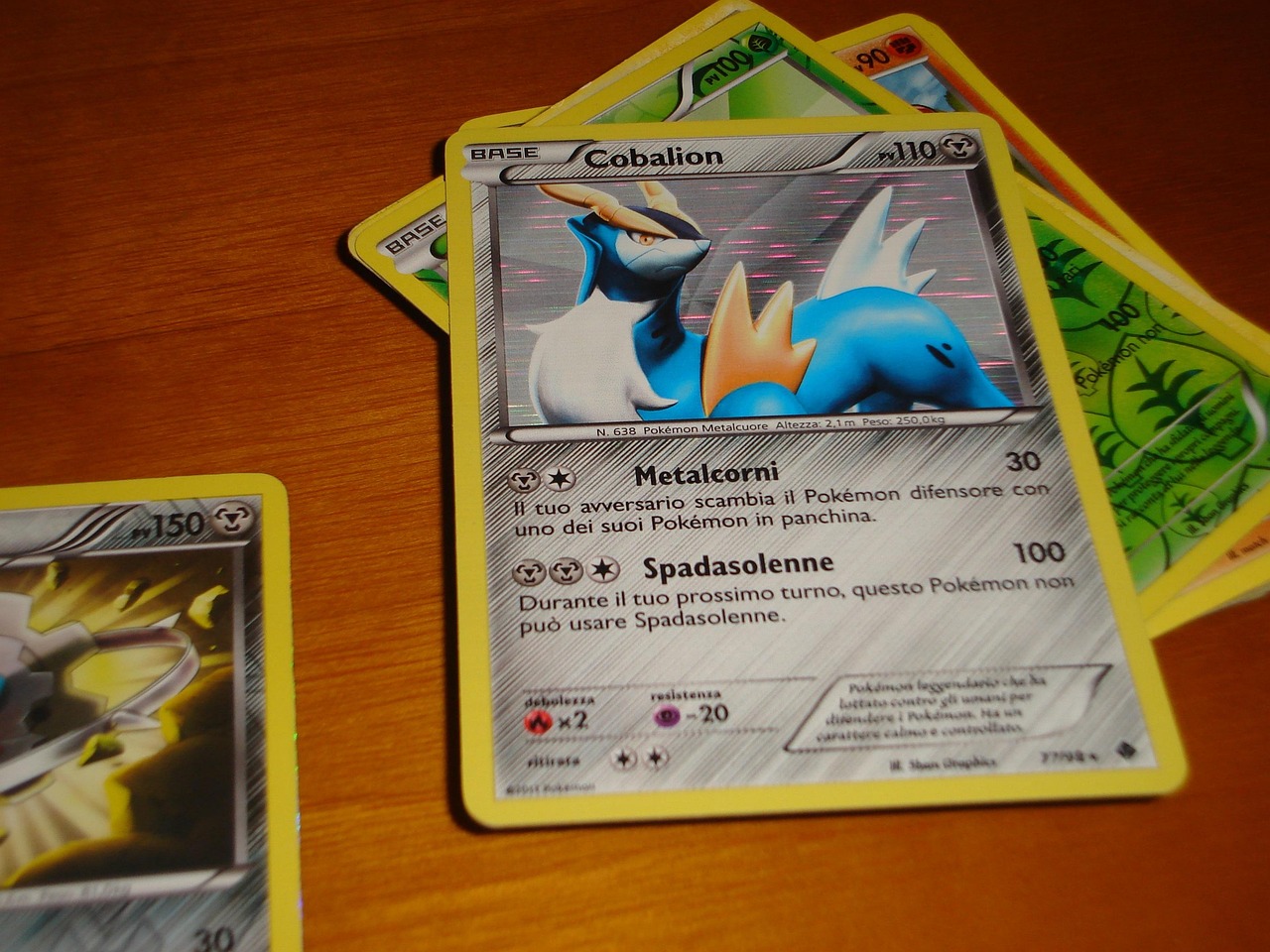This article delves into the intricacies of Dewott, a Water-type Pokémon that holds a unique position in competitive battles. With its remarkable agility and balanced stats, understanding Dewott’s strengths, optimal moves, and effective strategies can greatly enhance a trainer’s success in Pokémon battles.
Understanding Dewott: A Brief Overview
Dewott evolves from Oshawott and is known for its swift movements and versatile abilities. In various Pokémon games, Dewott serves as a reliable choice for trainers looking to build a strong Water-type presence on their team.
Dewott’s Strengths and Weaknesses
To effectively utilize Dewott, trainers must analyze its strengths and weaknesses. Dewott’s Water typing provides advantages against Fire, Ground, and Rock types, making it a formidable opponent in these matchups.
- Type Advantages: Dewott excels against Fire, Ground, and Rock Pokémon.
- Resistances: It resists Steel, Fire, Water, and Ice moves, allowing it to endure attacks from various opponents.
- Vulnerabilities: Trainers should be wary of its weaknesses to Electric and Grass moves, which can quickly turn the tide of battle.
Competitive Battle Strategies
Implementing effective strategies is crucial for maximizing Dewott’s potential. Trainers can enhance Dewott’s performance by utilizing its speed and diverse move set.
Best Moves for Dewott
Choosing the right moves is vital for success. A recommended move set includes:
- Waterfall – A powerful STAB move.
- Ice Beam – Provides coverage against Grass and Flying types.
- Swords Dance – Boosts Dewott’s attack power significantly.
Building a Dewott Team
Creating a balanced team around Dewott can elevate its effectiveness in battles. Pairing it with Pokémon that cover its weaknesses, such as Electric-types, can create a well-rounded strategy.
Conclusion: Mastering Dewott in Battles
In summary, mastering Dewott’s strengths, optimal moves, and team dynamics is essential for competitive success. With the right strategies and a well-constructed team, trainers can maximize Dewott’s effectiveness and dominate in Pokémon battles.

Understanding Dewott: A Brief Overview
Dewott is a fascinating Water-type Pokémon that has captured the hearts of trainers since its introduction. Evolving from Oshawott, Dewott showcases a unique blend of agility and balanced stats, making it a versatile choice in various Pokémon battles. This section delves into Dewott’s background, evolution, and its significance in the Pokémon universe.
Dewott is known for its sleek, otter-like appearance, adorned with a distinctive shell that it uses in battles. As a second-stage evolution, it evolves from Oshawott at level 17 and further evolves into Samurott at level 36. This evolutionary line is not only aesthetically pleasing but also strategically significant within the Pokémon games.
In terms of gameplay, Dewott has appeared in several Pokémon titles, including Pokémon Black and White and their sequels. Its role varies across games, often serving as a reliable Water-type Pokémon with access to a diverse move pool. Trainers often appreciate Dewott for its ability to adapt to different battle scenarios, whether in casual play or competitive environments.
Furthermore, Dewott’s balanced stats allow it to perform well both offensively and defensively. Its agility enables it to outspeed many opponents, while its solid defense and special defense stats provide a sturdy foundation in battles. This combination of speed and durability makes Dewott a formidable presence on the battlefield.
In summary, understanding Dewott’s background and evolution is crucial for any trainer looking to maximize its potential. With its impressive agility and balanced stats, Dewott stands out as a valuable asset in any Pokémon team.

Dewott’s Strengths and Weaknesses
Understanding the intricacies of Dewott is imperative for trainers aiming to excel in battles. This Water-type Pokémon boasts a unique set of strengths and weaknesses that can significantly influence battle strategies. Analyzing these characteristics allows trainers to make informed decisions during competitive play.
Dewott’s Water typing provides it with several advantages in battles. It is particularly strong against:
- Fire – Dewott can easily overpower Fire-type Pokémon with its Water moves.
- Ground – Ground-types are vulnerable to Dewott’s aquatic attacks.
- Rock – Dewott’s Water-type moves are super effective against Rock Pokémon.
In addition to its offensive strengths, Dewott has notable resistances that enhance its durability in battles. It can withstand:
- Steel – Dewott takes reduced damage from Steel-type moves.
- Fire – Fire-type moves are less effective against Dewott.
- Water – Dewott is resistant to its own type, allowing it to endure longer in matches.
- Ice – Ice-type moves do not pose a significant threat to Dewott.
Despite its strengths, Dewott has specific vulnerabilities that trainers must recognize. It is particularly susceptible to:
- Electric – Electric-type moves can deal substantial damage to Dewott.
- Grass – Grass-type attacks exploit Dewott’s weaknesses, making them dangerous in battle.
By understanding these strengths and weaknesses, trainers can develop effective strategies, capitalize on Dewott’s advantages, and mitigate its vulnerabilities. This comprehensive analysis is crucial for achieving success in competitive Pokémon battles.
Type Advantages
Dewott’s Water typing provides it with notable advantages in battles, particularly against Fire, Ground, and Rock types. Understanding these matchups is crucial for trainers aiming to optimize their battle strategies.
In Pokémon battles, type advantages can significantly influence the outcome. For instance, Dewott’s Water-type moves are super effective against Fire-type Pokémon, which are often weak to water attacks. This means that when facing a Fire-type opponent, Dewott can deal increased damage, giving it a tactical edge.
Similarly, Dewott’s Water typing is advantageous against Ground-types. Ground-type Pokémon typically lack strong defenses against Water moves, making Dewott a formidable opponent in such matchups. By leveraging its Water-type moves like Waterfall, Dewott can capitalize on this advantage to secure victories.
When it comes to Rock-type Pokémon, Dewott also holds a significant advantage. Rock-types are generally vulnerable to Water-type moves, allowing Dewott to deal substantial damage. This dynamic is particularly useful in competitive play, where exploiting type weaknesses can turn the tide of battle.
However, while Dewott excels against these types, trainers must also be aware of its vulnerabilities. Electric and Grass-type moves can pose a threat to Dewott, as they exploit its weaknesses. Therefore, understanding both the strengths and weaknesses of Dewott is essential for formulating effective battle strategies.
In summary, Dewott’s Water typing not only provides advantages against Fire, Ground, and Rock types but also requires trainers to be cautious of its vulnerabilities. By mastering these matchups, trainers can significantly enhance their competitive performance.
Resistances
Dewott is a Water-type Pokémon that stands out in battles due to its unique resistances and competitive viability. Among its many strengths, Dewott exhibits remarkable resistance to Steel, Fire, Water, and Ice moves. This resistance not only enhances its durability but also allows it to withstand powerful attacks from various Pokémon types.
By being resistant to these elements, Dewott can effectively endure prolonged battles, making it a formidable opponent in competitive play. For instance, when facing off against a Fire-type Pokémon, Dewott can absorb hits that would otherwise devastate many other Pokémon. This characteristic allows trainers to employ Dewott strategically, using it as a defensive pivot or a tank in team compositions.
Moreover, Dewott’s ability to resist Steel-type moves is particularly valuable, as it often faces tough opponents that rely on physical attacks. With this advantage, Dewott can counterattack effectively, turning the tide of battle in its favor. Additionally, its resistance to Water-type moves allows it to thrive in matchups against other Water-types, where it can exploit its superior speed and agility.
However, it is essential for trainers to recognize that while Dewott has impressive resistances, it is not invincible. Its vulnerabilities to Electric and Grass moves can be detrimental if not managed properly. Therefore, understanding these dynamics is crucial for trainers aiming to maximize Dewott’s potential in battles.
In summary, Dewott’s resistances to Steel, Fire, Water, and Ice moves make it a valuable asset in any Pokémon trainer’s roster. By leveraging these strengths and being mindful of its weaknesses, trainers can create effective strategies that capitalize on Dewott’s unique abilities.
Vulnerabilities
Dewott is a Water-type Pokémon known for its agility and balanced stats, making it a valuable asset in battles. However, like all Pokémon, it has its vulnerabilities that trainers must consider to enhance their competitive play. Understanding these weaknesses is essential for devising effective strategies during battles.
Despite its impressive capabilities, Dewott is particularly vulnerable to Electric and Grass type moves. These types can exploit its weaknesses, potentially turning the tide of battle against unsuspecting trainers. Here’s a closer look at how these vulnerabilities can impact Dewott’s performance:
- Electric Moves: Electric-type attacks are highly effective against Dewott due to its Water typing. Moves like Thunderbolt or Volt Switch can deal significant damage and may even lead to a quick knockout if Dewott is not prepared.
- Grass Moves: Similarly, Grass-type moves also pose a serious threat. Moves such as Leaf Blade or Giga Drain can exploit Dewott’s weaknesses, making it crucial for trainers to be wary of opponents that use these types.
To mitigate these vulnerabilities, trainers should consider building a team that can counter Electric and Grass threats. Pairing Dewott with Pokémon that resist these types can create a more balanced team dynamic. Additionally, utilizing moves that can inflict status effects or boost Dewott’s stats can provide a tactical advantage in battles.
In summary, while Dewott boasts several strengths that can dominate in battles, its vulnerabilities to Electric and Grass moves should not be overlooked. Trainers must strategize effectively to protect Dewott from these threats, ensuring it remains a formidable contender on the battlefield.
Competitive Battle Strategies
To truly unlock Dewott‘s potential in competitive play, trainers must employ a variety of effective strategies tailored to its unique strengths and weaknesses. This section delves into essential tactics that can significantly enhance Dewott’s performance on the battlefield.
First and foremost, understanding Dewott‘s role within a team is crucial. As a versatile Water-type Pokémon, it can function both as a strong offensive attacker and a supportive team member. Here are some strategies to consider:
- Utilize STAB Moves: Moves like Waterfall not only benefit from the Same Type Attack Bonus (STAB) but also provide a reliable source of damage. Pairing this with Swords Dance can significantly boost its attack power, allowing it to sweep through opponents.
- Type Matchups: Leverage Dewott’s Water typing to exploit weaknesses in Fire, Ground, and Rock types. Being aware of these matchups can turn the tide in battles.
- Defensive Play: Dewott’s resistances to Steel, Fire, Water, and Ice moves allow it to absorb hits effectively. Consider using defensive moves or items to prolong its presence on the field.
Moreover, creating a balanced team around Dewott is essential. Pairing it with Pokémon that can cover its vulnerabilities, such as Electric-type Pokémon, can help mitigate risks and enhance overall team synergy.
In competitive scenarios, Dewott can serve various roles, adapting to the needs of the team. Whether acting as an offensive powerhouse or a defensive pivot, understanding its potential roles allows trainers to optimize their strategies effectively.
In summary, by implementing these strategies, trainers can maximize Dewott’s effectiveness in competitive play, ensuring that it remains a formidable contender in any battle.

Best Moves for Dewott
Selecting the right moves is crucial for Dewott’s success in battles. As a Water-type Pokémon, Dewott benefits from a variety of moves that not only enhance its offensive capabilities but also provide strategic advantages in competitive play. This section delves into the most effective moves for Dewott, including those that offer the Same Type Attack Bonus (STAB).
One of the standout moves for Dewott is Waterfall. This move not only deals significant damage but also has a chance to flinch the opponent, providing Dewott with an opportunity to strike first in subsequent turns. Coupled with its STAB advantage, Waterfall becomes a primary offensive tool in Dewott’s arsenal.
Another excellent option is Ice Beam. This move covers Dewott’s weaknesses against Grass and Electric types, allowing it to counter these threats effectively. Ice Beam also has a chance to freeze the opponent, adding an element of unpredictability to Dewott’s strategy.
Additionally, incorporating Swords Dance into Dewott’s move set can significantly enhance its offensive potential. This move boosts Dewott’s Attack stat by two stages, enabling it to deal massive damage with its physical attacks. When paired with Waterfall, Dewott can become a formidable threat on the battlefield.
To maximize Dewott’s effectiveness, trainers should also consider synergistic moves that complement its primary attacks. Moves like Quick Attack can provide priority, ensuring Dewott can finish off weakened opponents before they have a chance to retaliate.
In summary, selecting the right moves for Dewott is essential for achieving success in battles. By focusing on STAB options like Waterfall, Ice Beam, and strategic moves such as Swords Dance, trainers can enhance Dewott’s performance and adaptability in various battle scenarios.
Recommended Move Set
Dewott is a Water-type Pokémon that has gained popularity among trainers for its agility and balanced stats. To maximize its potential in battles, selecting the right moves is crucial. Below, we delve deeper into a recommended move set that enhances Dewott’s versatility and effectiveness in competitive play.
A well-rounded move set for Dewott includes Waterfall, Ice Beam, and Swords Dance. These moves not only capitalize on Dewott’s strengths but also provide strategic advantages in a variety of battle scenarios.
- Waterfall: This move is a powerful STAB (Same Type Attack Bonus) option that deals significant damage while also having a chance to flinch the opponent. Its reliability makes it a staple in Dewott’s arsenal.
- Ice Beam: This move offers excellent coverage against Grass, Flying, and Dragon types, which are common threats in battles. The potential to freeze opponents adds an extra layer of utility.
- Swords Dance: This move allows Dewott to boost its Attack stat significantly, enabling it to hit harder with its physical moves. It is particularly effective when used strategically, allowing Dewott to sweep through weakened teams.
Understanding how these moves work together is essential for maximizing Dewott’s effectiveness. For instance, using Swords Dance to boost its Attack before unleashing Waterfall can turn Dewott into a formidable offensive threat. Additionally, Ice Beam can help to cover its weaknesses against Grass-types, making Dewott a versatile choice in various matchups.
In conclusion, this balanced move set allows Dewott to excel in competitive battles, providing trainers with the tools needed to outmaneuver opponents and secure victories.
Move Synergy
plays a crucial role in maximizing the effectiveness of Dewott in competitive battles. Understanding how Dewott’s moves interact with each other can significantly enhance its performance and strategic options during fights. This section delves into the importance of move synergy, offering insights into how trainers can effectively utilize Dewott’s abilities.
Dewott’s move set is designed to exploit its strengths while mitigating its weaknesses. By selecting moves that complement each other, trainers can create a cohesive strategy that increases the likelihood of success in battles. For instance, combining Waterfall with Swords Dance allows Dewott to boost its Attack stat while simultaneously delivering powerful Water-type attacks. This synergy not only maximizes damage output but also pressures opponents, forcing them to respond defensively.
Moreover, incorporating moves like Ice Beam into Dewott’s arsenal provides coverage against Grass and Dragon types, which are common threats. The ability to switch between offensive and defensive moves enables Dewott to adapt to various battle scenarios, ensuring it remains unpredictable and versatile.
- Waterfall: A strong STAB move that benefits from Dewott’s high Attack and has a chance to flinch the opponent.
- Swords Dance: Boosts Dewott’s Attack, making its physical moves even more potent.
- Ice Beam: Offers coverage against types that threaten Dewott, enhancing its overall effectiveness.
In competitive play, trainers should also consider the timing of their moves. For instance, using Swords Dance when the opponent switches in a weaker Pokémon can create an opportunity for Dewott to sweep through the opposing team. This strategic use of move synergy can turn the tide of battle in Dewott’s favor.
In conclusion, understanding and implementing move synergy is essential for trainers looking to harness Dewott’s full potential. By carefully selecting and timing moves, trainers can create powerful combinations that elevate Dewott’s effectiveness in competitive scenarios.

Building a Dewott Team
Creating a well-rounded team around Dewott can significantly elevate its battle performance. This section will delve into the importance of selecting complementary Pokémon and effective team strategies that can enhance Dewott’s capabilities in competitive battles.
Dewott, being a Water-type Pokémon, thrives when paired with teammates that can cover its weaknesses and bolster its strengths. A balanced team not only maximizes Dewott’s effectiveness but also creates opportunities for strategic maneuvers during battles.
- Electric-Types: Pokémon like Jolteon or Zapdos can effectively counter Grass-types that threaten Dewott.
- Grass-Types: Including Pokémon such as Ferrothorn can provide resistance against Electric moves, creating a solid defensive line.
- Fairy-Types: Pokémon like Gardevoir can handle Dragon-types that might pose a threat to Dewott, ensuring a balanced type coverage.
Understanding the roles of each Pokémon in the team is crucial. Dewott can serve multiple roles:
- Offensive Attacker: Utilizing moves like Waterfall and Swords Dance allows Dewott to deal significant damage.
- Defensive Pivot: With its decent bulk and resistance to various types, Dewott can switch in to absorb hits while setting up for its teammates.
Incorporating Pokémon that can set up hazards or provide support can further enhance Dewott’s performance. For instance, using Pokémon with moves like Stealth Rock or Thunder Wave can disrupt opponents and create openings for Dewott to capitalize on.
In conclusion, building a team around Dewott requires careful consideration of type matchups and team dynamics. By selecting synergistic Pokémon and defining clear roles, trainers can create a formidable team that maximizes Dewott’s potential in battles.
Synergistic Pokémon
To maximize Dewott’s effectiveness in competitive battles, it is crucial to consider the Pokémon that can complement its strengths and cover its weaknesses. By forming a well-balanced team, trainers can enhance Dewott’s performance and increase the chances of victory.
One of the primary weaknesses of Dewott is its vulnerability to Electric and Grass type moves. Pairing Dewott with Pokémon that can effectively counter these threats is essential. For example, adding a sturdy Ground-type Pokémon, such as Garchomp, can provide significant protection against Electric attacks. Garchomp’s immunity to Electric-type moves allows Dewott to operate without the fear of being easily knocked out.
Additionally, incorporating Fire-types like Charizard can create a powerful synergy. Charizard can handle Grass-type threats that may pose a risk to Dewott, while Dewott can take on Rock-type Pokémon that are typically a challenge for Charizard. This mutual support not only enhances each Pokémon’s survivability but also allows for strategic moves during battles.
Furthermore, Fairy-types, such as Gardevoir, can also be beneficial partners. Gardevoir’s ability to resist Dragon moves and provide strong special attacks complements Dewott’s physical prowess. This combination allows trainers to create a versatile team capable of adapting to various battle scenarios.
In conclusion, building a team around Dewott that includes Pokémon covering its weaknesses is vital. By strategically pairing Dewott with synergistic Pokémon, trainers can create a balanced and effective team that maximizes battle performance. Remember, the right combinations can significantly influence battle outcomes and lead to greater success.
Team Roles
Dewott’s Versatile Team Roles in Competitive PlayDewott, the evolved form of Oshawott, is not just a Water-type Pokémon with balanced stats; it is a versatile asset in competitive battles. Understanding the various roles Dewott can play is crucial for trainers looking to optimize their strategies and enhance team dynamics.
In its role as an offensive attacker, Dewott excels with powerful moves such as Waterfall and Ice Beam. These moves take advantage of Dewott’s STAB (Same Type Attack Bonus), allowing it to deal significant damage to opponents. Trainers can enhance this role further by using Swords Dance to boost Dewott’s Attack stat, turning it into a formidable threat on the battlefield.
Dewott can also function as a defensive pivot, utilizing its resistance to various types to absorb hits for the team. Moves like Scald not only provide coverage but also have a chance to inflict burns, weakening physical attackers. This adaptability allows Dewott to switch into battles and provide valuable support to teammates, making it a strategic choice for trainers.
Beyond offense and defense, Dewott can take on a support role by using moves like Aqua Ring or Rain Dance. These moves can heal Dewott over time or enhance the effectiveness of Water-type moves for the entire team. By fulfilling this role, Dewott contributes to the longevity and sustainability of the team during prolonged battles.
Understanding Dewott’s potential roles—whether as an offensive attacker, defensive pivot, or support Pokémon—enables trainers to maximize its effectiveness in competitive play. By leveraging its strengths and versatility, trainers can create well-rounded strategies that adapt to various battle situations, ensuring that Dewott remains a valuable member of any team.

Conclusion: Mastering Dewott in Battles
In summary, achieving mastery over Dewott’s abilities, move set, and team synergy is crucial for any trainer aiming for success in Pokémon battles. Dewott, as a Water-type Pokémon, possesses unique characteristics that can be leveraged to gain an upper hand in competitive play. By understanding its strengths and weaknesses, trainers can effectively navigate various matchups and strategize accordingly.
Dewott’s agility and balanced stats make it a versatile choice in battles. To truly capitalize on its potential, trainers should focus on developing a comprehensive strategy that includes:
- Optimal Move Selection: Choosing moves like Waterfall and Ice Beam not only enhances Dewott’s offensive capabilities but also ensures it can handle a variety of threats effectively.
- Type Matchups: Understanding type advantages is essential. Dewott excels against Fire, Ground, and Rock types, allowing trainers to exploit these matchups for a decisive victory.
- Complementary Team Composition: Building a team that covers Dewott’s weaknesses, particularly against Electric and Grass types, is vital. Pairing it with Pokémon that can absorb these hits will create a more balanced team dynamic.
Additionally, trainers should consider the importance of move synergy. Utilizing moves that complement each other can significantly enhance Dewott’s performance in battles, making it a formidable opponent. Moves like Swords Dance can boost its attack power, allowing it to deal more damage when combined with powerful STAB moves.
Ultimately, the key to dominating opponents lies in the strategic application of Dewott’s strengths and moves. By implementing these strategies and continuously adapting to the ever-changing battle landscape, trainers can maximize Dewott’s effectiveness and achieve victory in Pokémon battles.
